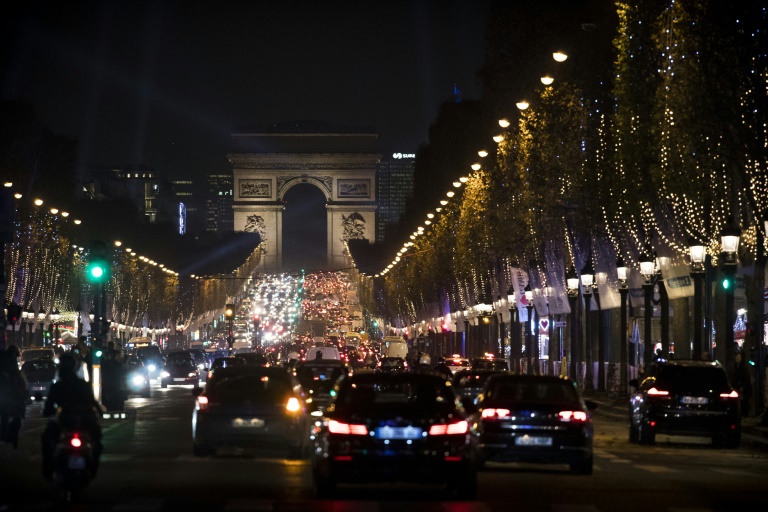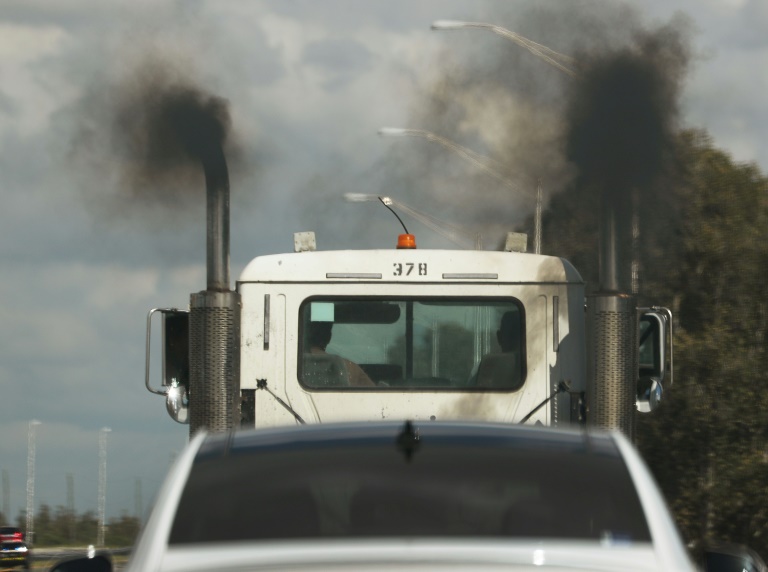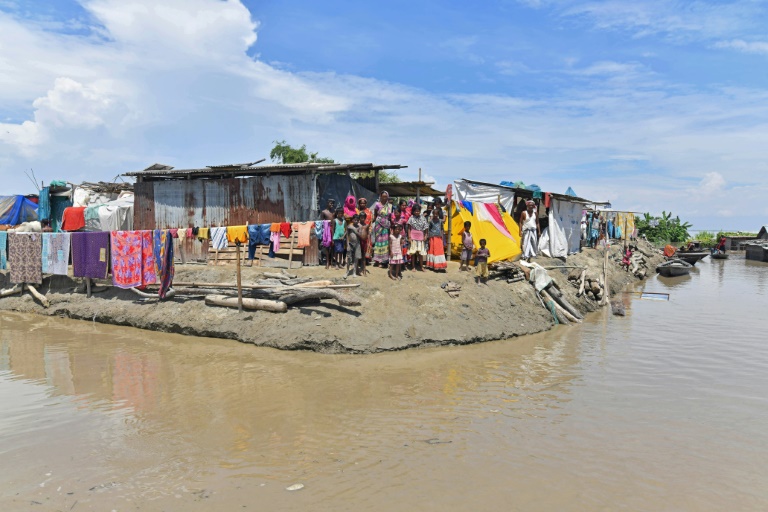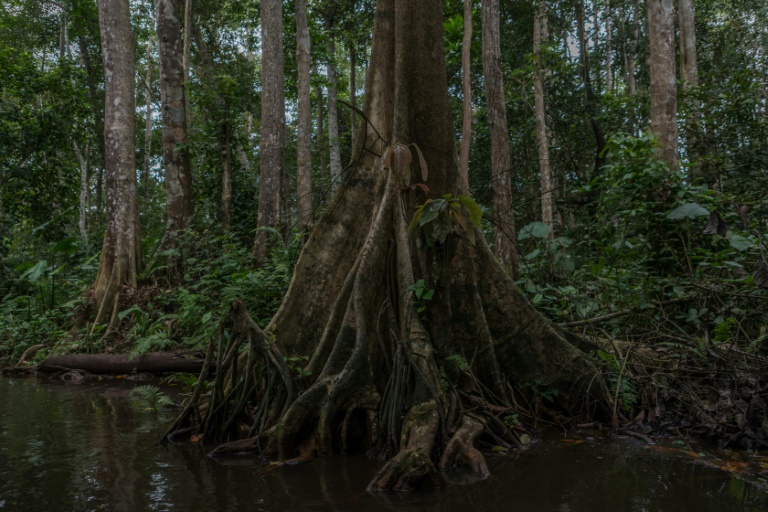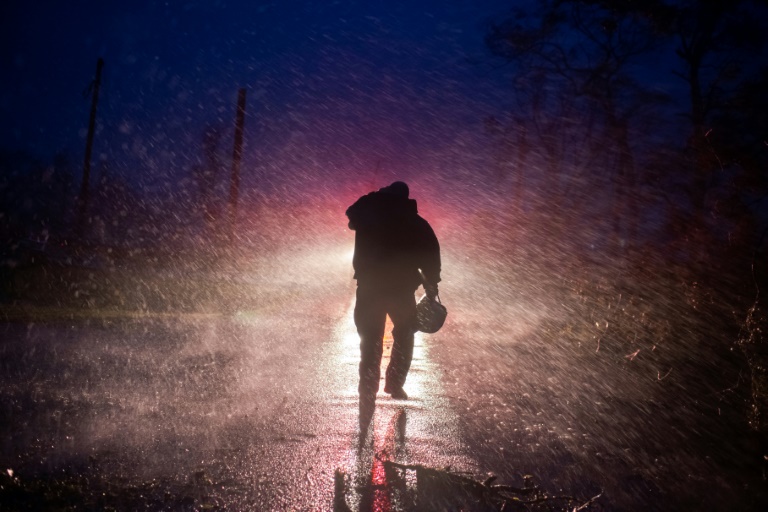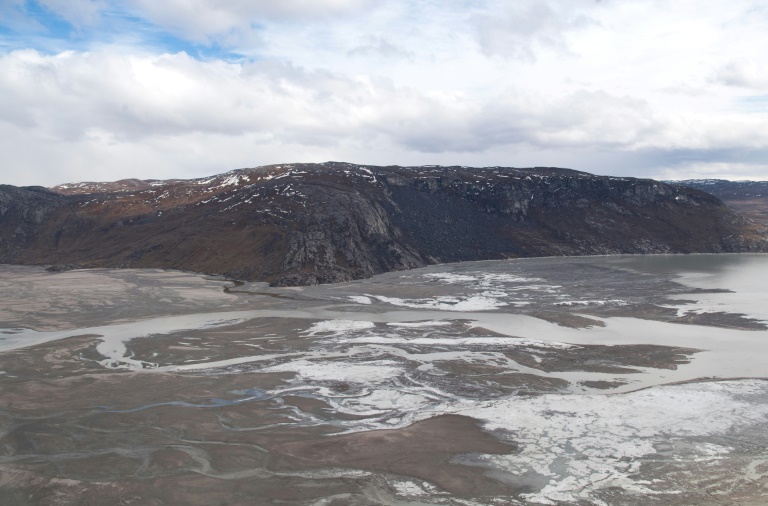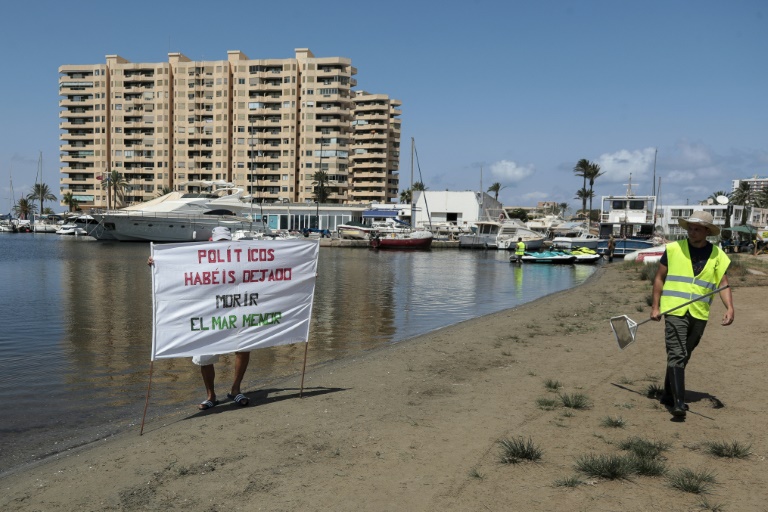'It's not easy': Slower era dawns for Paris drivers
Drivers in Paris faced longer trips Monday as a lower speed limit of 30 kilometres per hour came into effect for most of the capital’s streets, part of Mayor Anne Hidalgo’s pledge to reduce traffic and pollution.
While the measure has been praised by environmental groups and many residents, critics accuse the leftwing Hidalgo, who is weighing a bid for the presidency, of penalising millions of people who drive into the French capital each day for work.
Nearly two-thirds of Paris’s roads were already limited to 30 kph (19 miles per hour), mostly along narrow streets or those near schools, in line with the maximum imposed in other large cities such as Lille or Nantes.
Now only a handful of major thoroughfares, including the iconic Champs-Elysees boulevard, will let people cruise at 50 kph.
The Paris ring road or “Peripherique,” one of Europe’s most heavily used with some 1.1 million users each day, will also remain at 70 kph, though Hidalgo has said she wants to reduce lane numbers to make more room for bikes and pedestrians.
Taxis and delivery drivers in particular have assailed the lower speeds as impractical and unnecessary.
“It’s not easy to stay at just 30 kph in a bus lane,” Smail Chekimi, who has driven his cab for 28 years, told AFP.
“This morning I was a bit stressed, a client was pretty angry because a trip took five to ten minutes longer than normal,” Chekimi said.
“Some taxi drivers might decide to quit because of it.”
– ‘More complicated’ –
For Fabrice Bosc, a glass fitter who relies on his delivery van, the new limits will only create bigger traffic jams in the capital.
“We already have enough trouble working with the 50 kph limit, at 30 kph things are just going to get more complicated,” said Bosc, 55.
The move comes as Hidalgo also pushes ahead with the removal of 60,000 of the city’s roughly 140,000 street-level parking spaces.
City officials say they are responding to tougher pollution rules and a broad public consensus on the need to encourage public transport and other alternatives such as bikes or electric scooters.
An opinion poll commissioned by City Hall late last year found that 59 percent of Parisians approved the lower speed limits — though it was supported by just 36 percent of people living in the suburbs.
“It’s true that there’s too much noise — sometimes you can’t even hear people when they’re talking,” said Marie Hiz, who manages the Carrefour (The Crossroad) cafe on a corner of the busy Miromesnil street.
“At 30 kph, things are going to change. We’ll have fewer cars and people will pay more attention,” Hiz said.
But she sympathised with deliverers and others who drive for a living.
“Imagine a driver who has to go all over Paris, all day, at just 30 kph. Even at 60 kph he still never arrives on time,” she said.
– Will it work? –
So far, however, few drivers appeared to be respecting the lower limits during the Monday morning rush hour.
“You can’t see any difference yet,” said Pierre Morizot, a 32-year-old cyclist who was on the Boulevard Haussmann, where 30 kph is now the norm.
“There are more and more bikes and there are lanes are everywhere, but we’re still very close to cars, so slowing them down will make things safer,” he said.
But many drivers said the lower limits would be nearly impossible to enforce and might have only a minimal impact on actual driving speeds.
“All the cities that have gone to 30 kph put forward the same arguments — pollution, noise, accidents,” Pierre Chasseray, head of the 40 Million Motorists association, told AFP.
“Except that when you look at it closely, you see that the introduction of 30 kph has not led to a reduction in speed. So in the end, there is no reduction in sound, there is no reduction in pollution,” he said.

